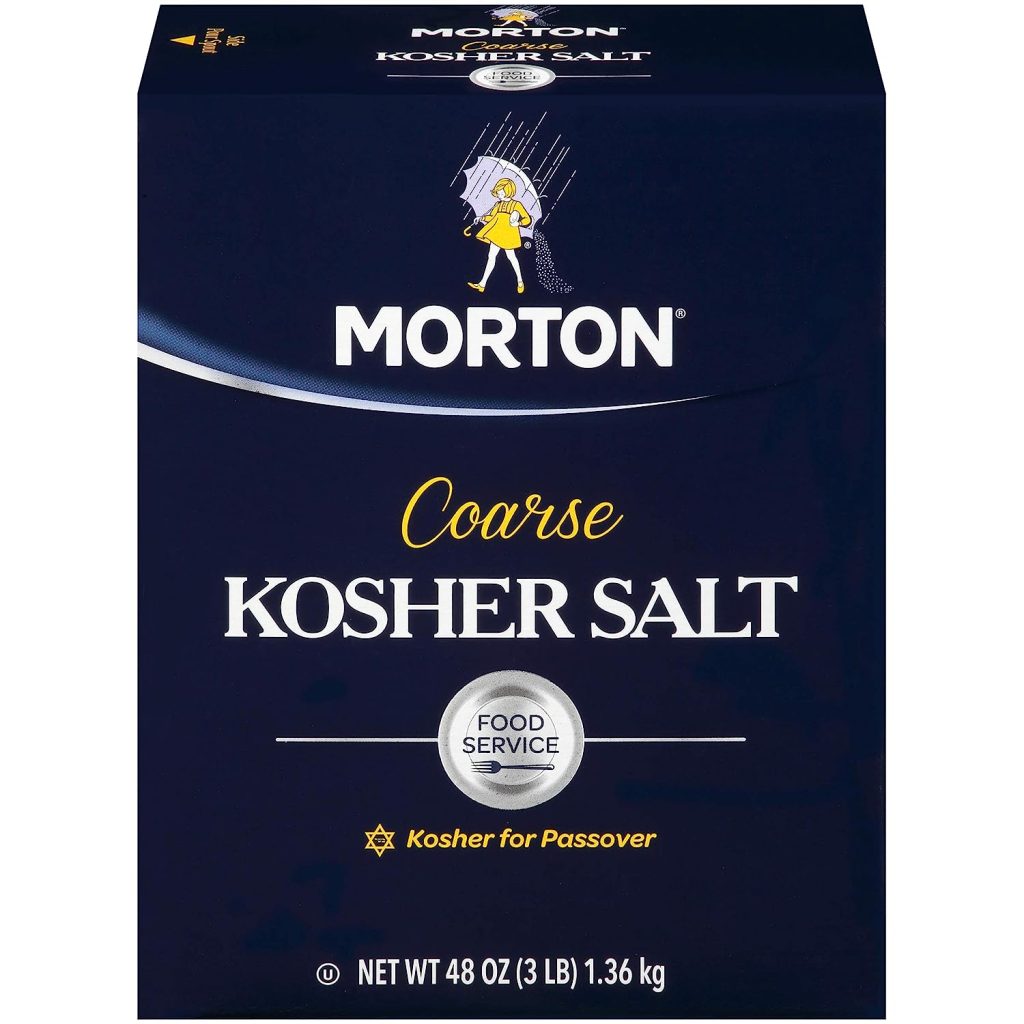Dry Brining vs. Wet Brining:
Welcome back to FrugalFlavor, where we delve into the world of delectable dishes without breaking the bank. Today, we’re going to explore two popular methods of brining that can elevate your culinary game: dry brining and wet brining. Both techniques are effective ways to enhance the flavor and juiciness of your meats, but they differ in their approach and outcomes. Let’s dive in and discover what brining is, the secrets behind these two brining methods and when to choose each one for your next cooking adventure.
also read: What is Kosher Salt?
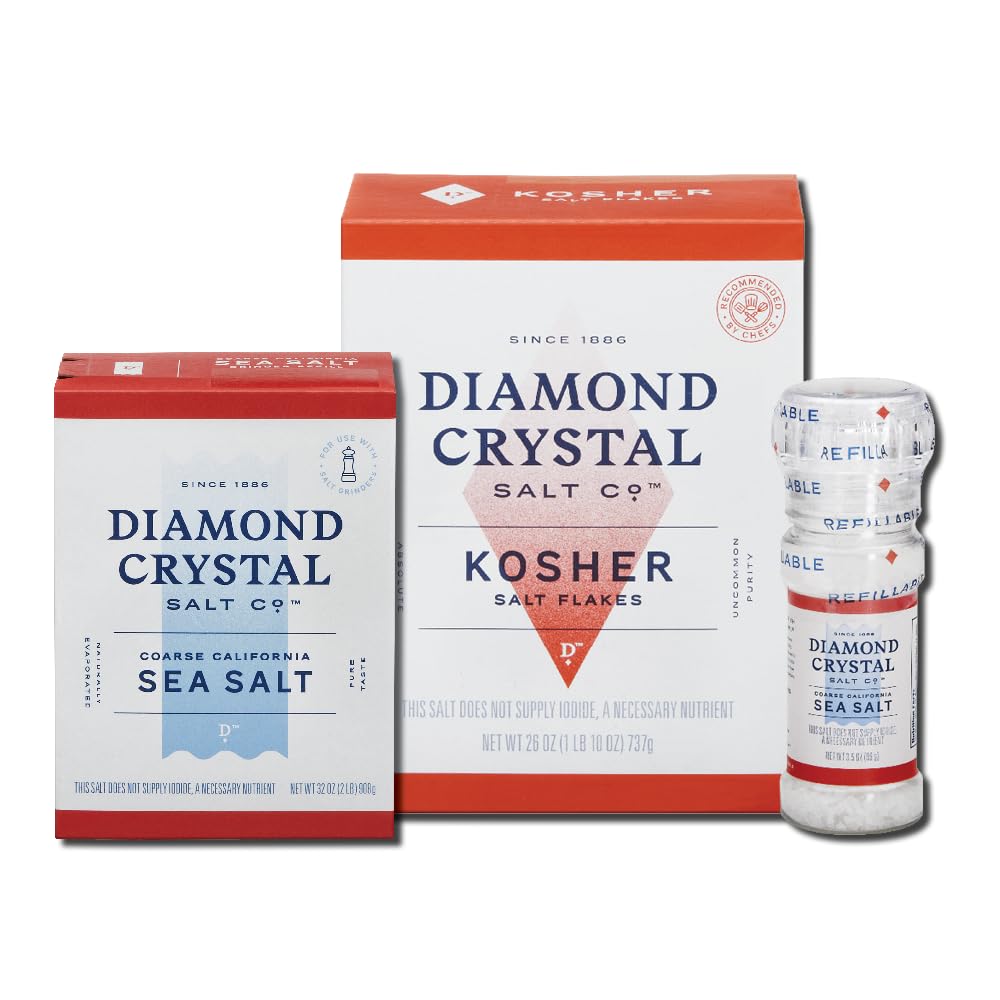
Diamond Crystal 3pck Salt Bundle, Kosher Salt
3 pack bundle Kosher salt 26oz, Sea Salt 2LB, Sea Salt 3.5oz Grinder
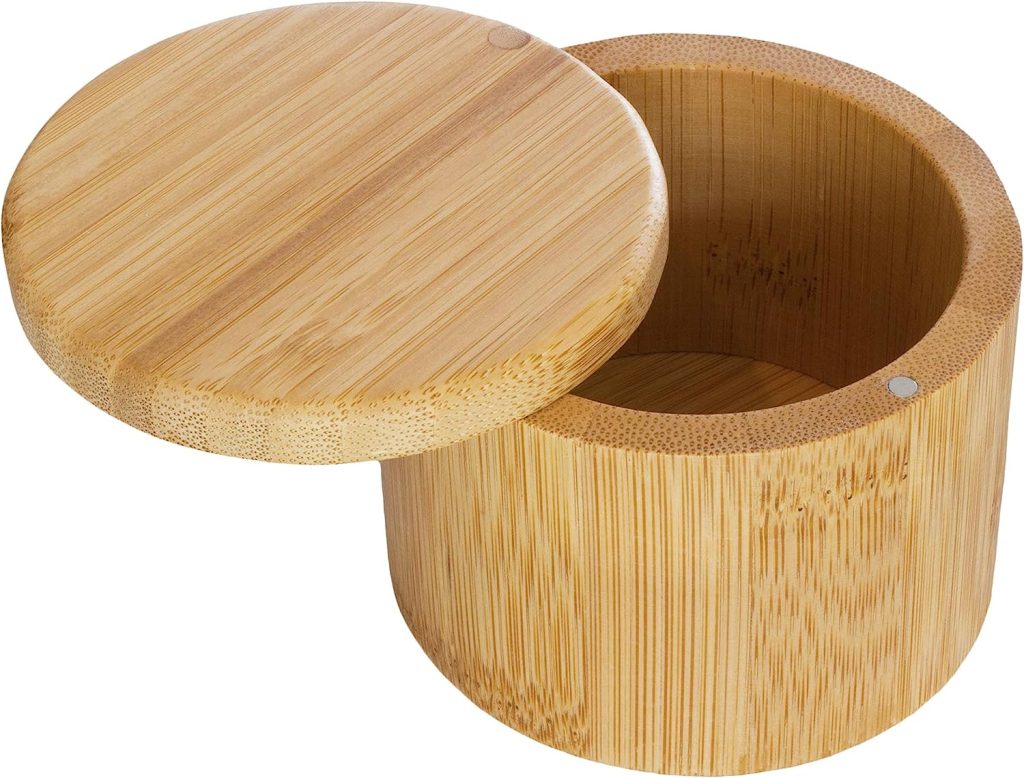
Bamboo Salt Bamboo Storage Box
Keep table salt, gourmet salts, herbs or favorite seasonings close at hand in this beautiful bamboo salt box, with a magnetic swivel lid
What is Brining?
Before we compare dry brining and wet brining, let’s understand what brining is and why it’s beneficial for your dishes. Brining is a process that involves soaking meat in a seasoned liquid solution, which can include water, salt, sugar, and various herbs and spices. This soaking process infuses the meat with moisture, flavor, and tenderness, ensuring a juicy and succulent end result.
Wet Brining: Deep and evenly seasoned meat
Wet brining involves immersing the meat in a liquid brine solution for a prolonged period, usually ranging from a few hours to overnight. The brine solution typically contains a mixture of water, salt, sugar, and aromatics. During the brining process, the meat absorbs the liquid and seasoning, resulting in a flavorful and moist outcome.
The main advantage of wet brining is its effectiveness in penetrating the meat thoroughly. The liquid brine infiltrates the meat’s fibers, carrying the flavors deep within. This results in evenly seasoned meat that is tender and juicy throughout. Additionally, wet brining is an excellent choice for lean cuts of meat, such as turkey or chicken breast, as it helps prevent them from drying out during cooking.
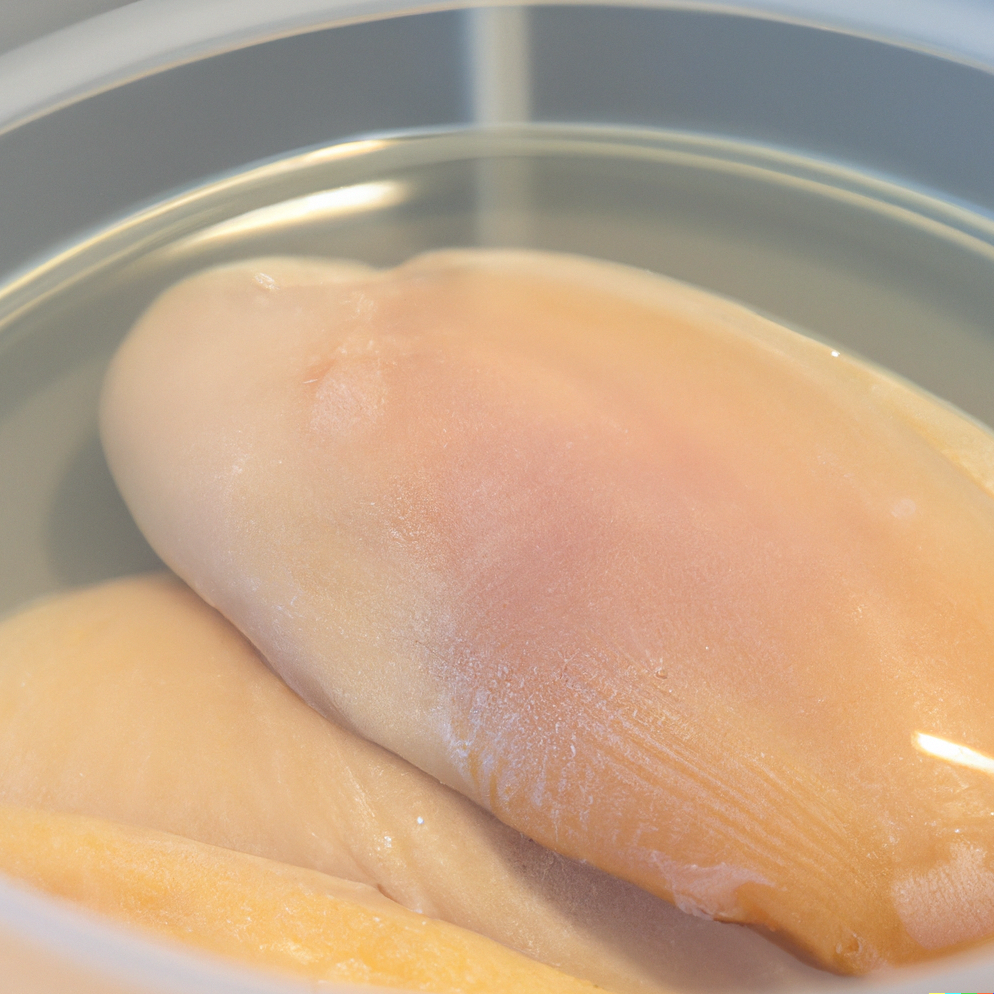
Dry Brining: Extracting and inserting moisture
Dry brining, on the other hand, is a more recent technique gaining popularity for its simplicity and effectiveness. Instead of submerging the meat in a liquid solution, dry brining involves rubbing the meat’s surface with a generous amount of salt and sometimes other dry seasonings. The meat is then left uncovered in the refrigerator for a period, allowing the salt to be absorbed and work its magic.
The primary advantage of dry brining lies in the concentration of flavors. By applying salt directly to the meat’s surface, it draws out moisture initially, but this moisture is then reabsorbed along with the salt, intensifying the meat’s natural flavors.
Dry brining also promotes the formation of a beautiful, crispy crust when cooking, which is especially desirable in certain dishes like roasted chicken or pork.
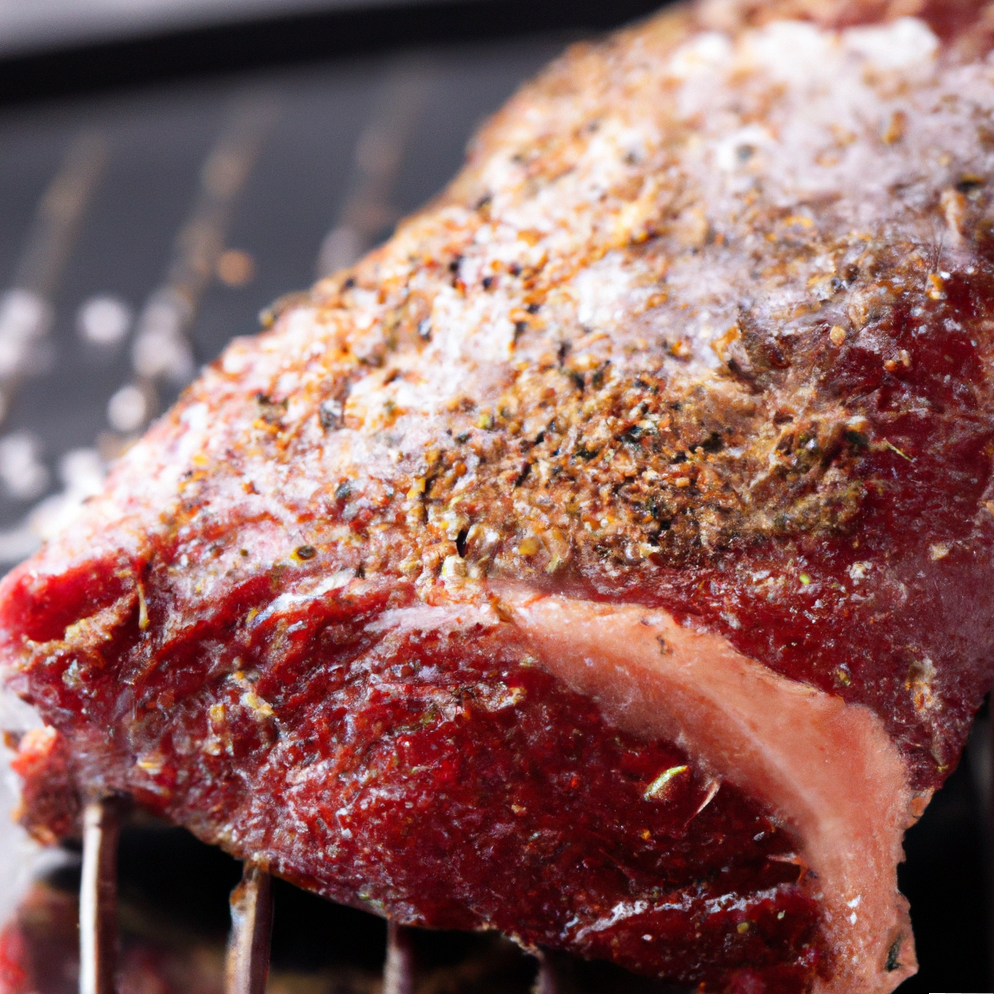
Which One to Choose When?
Now that we’ve explored the differences between dry brining and wet brining, you might wonder which method to use to boost your home cooking experience. The choice between the two depends on various factors, including the type of meat, time constraints, and personal preferences.
Choose Wet Brining When:
- Working with lean cuts: Such as chicken breasts, pork chops, pork tenderloin, shrimp, or fish Wet brining is excellent for lean cuts of meat that tend to dry out during cooking. It infuses the meat with moisture, resulting in a juicy and tender final product.
- Long preparation time: If you have ample time for preparation, wet brining is a great option, as it typically requires several hours to overnight for optimal results.
- Seeking even seasoning: Wet brining ensures consistent seasoning throughout the meat, leaving no part lacking in flavor.
Choose Dry Brining When:
- Short on time: Dry brining requires less time compared to wet brining. While several hours are still ideal, you can achieve noticeable results with just an hour or two of dry brining.
- Crispy exterior desired: For steaks, turkey, porkchops and racks of lamb. If you crave a delightful crispy crust on your meat, dry brining is the way to go. It creates a beautiful texture when cooked.
- Preserving the meat’s natural taste: Dry brining intensifies the meat’s natural flavors, making it the preferred choice if you want the true essence of the meat to shine through.
Conclusion
, both dry brining and wet brining are fantastic methods to enhance the flavor and texture of your meats. Wet brining is ideal for lean cuts and when time is not a constraint, while dry brining offers a quick and straightforward approach that yields intense flavors and a delightful crispy crust. Experiment with both techniques to find the one that suits your tastes and meets the demands of your dish. Happy cooking, and may your meals always be rich in flavor and satisfaction!

